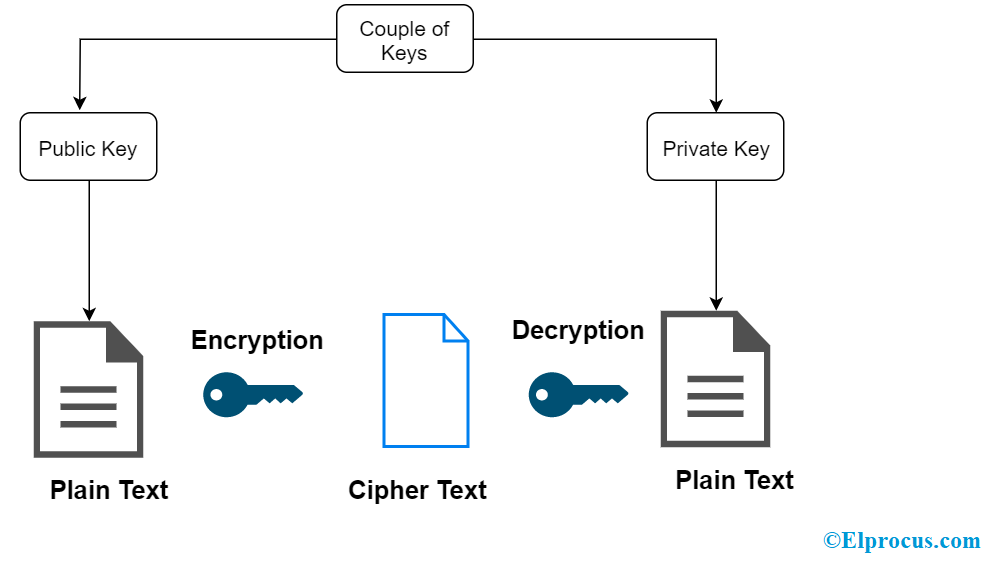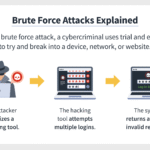Cryptography has emerged as a formidable pillar in the digital age, acting as an inscrutable shield that guards our data against prying eyes. In programming, cryptography transcends the mere interplay of ones and zeros; it embodies a complex tapestry woven from ancient practices and modern technology. When viewed through a Christian lens, this intricate art form not only serves as a tool of protection but also mirrors profound theological principles regarding trust, faith, and the nature of revelation.
At its core, cryptography is akin to the concept of divine communication. Just as God communicates with humanity through sacred texts, cryptography allows programmers to encode messages that can only be deciphered by those who possess the key. This process reflects the biblical notion of salvation—a truth hidden yet accessible to those who seek it with earnestness. Each algorithm and cipher becomes a modern-day parable, teaching us the significance of understanding and interpretation.
As we delve deeper, we encounter symmetric and asymmetric encryption, each representing different dimensions of trust and relationship. Symmetric encryption, wherein the same key is utilized for both encryption and decryption, can be likened to the unity experienced within the body of Christ. Each member contributes uniquely, yet all are bound by the same Spirit. This principle of shared knowledge signifies mutual trust; just as members of a faith community rely on each other to nurture their spiritual growth, so too does symmetric encryption rely on a shared secret to guard its message.
Conversely, asymmetric encryption introduces a more complex relationship, showcasing the duality of giving and receiving. Here, a pair of keys—the public and the private—represents the relationship between divine sovereignty and human response. The public key, freely shared, can be thought of as God’s love, extending outward to all. The private key, however, symbolizes an individual’s acceptance and personal relationship with that love. Just as believers are called to respond to God’s grace, the recipient of an encrypted message must possess the private key to unlock its contents. This highlights not only the importance of individual faith but also the need for a personal connection in revealing deeper truths.
Moreover, the elegance of cryptographic algorithms, such as AES (Advanced Encryption Standard) or RSA, cannot be overlooked. These algorithms serve as the linguistic hymns of programming, crafting seamless melodies from the complexity of code. They remind us of the complexity of divine creation, whereby every strand of DNA, every leaf on a tree, intertwines meticulously to sustain life. In the same way, cryptographic algorithms intertwine mathematical concepts and computational theory to forge a protective barrier around our digital existence.
Reflecting on the importance of keys, both in cryptography and in faith, we observe that keys are transformative agents. Just as the keys of faith unlock spiritual insights, cryptographic keys unlock digital realities. The act of sharing a public key can be likened to the act of witnessing in Christian communities. It invites others into a relationship, ensuring that they too can partake in the divine mysteries of encoded messages. However, one must apply discernment in sharing; not every key is meant for every heart, and the reverence for our sacred truths must be upheld.
The concept of hashing introduces a further layer of understanding in cryptography. Hash functions ensure data integrity, a vital aspect that emphasizes the Christian call toward honesty and transparency. When a message is hashed, it is transformed into a fixed-length string, which cannot be reversed. This is reminiscent of the axiom that once a word is spoken, it cannot be taken back, echoing the notion that our actions have consequences that cannot be undone. In both cryptography and spirituality, integrity is paramount, defining the true essence of our character and the legitimacy of our messages.
Additionally, cryptography serves as an allegory for the trial and tribulations faced by believers. The concept of digital signatures, which guarantees authenticity and non-repudiation, parallels the notion of a faithful witness. Just as a signature attests to the integrity of a promise, so too does the believer’s life serve as a testament to their faith. In a world where deception looms large, the authenticity provided through cryptographic signatures fosters a culture of trust—a value deeply embedded in Christian teachings.
It is essential to recognize that while cryptography is often viewed through a technical lens, it carries with it a profound philosophical and theological significance. The digital realm, much like the world we inhabit, is fraught with complexities that require discernment, integrity, and faith. In this light, programmers become modern-day stewards, charged with the responsibility of maintaining the sanctity of information and protecting the trust placed in them by users. Just as Christ entrusted His disciples with the gospel, these digital custodians bear the weight of responsibility for safeguarding sacred knowledge.
In conclusion, cryptography in programming transcends its carbon-based roots; it emerges as a multifaceted practice that resonates deeply with Christian ethos. It challenges us to reflect on themes of communication, trust, and integrity, urging us to navigate the digital landscape with wisdom and grace. Ultimately, cryptography stands as a divine metaphor, illustrating the delicate interplay between knowledge and faith, and reminding us that even in a world dominated by ones and zeros, deeper truths persist.









Leave a Comment